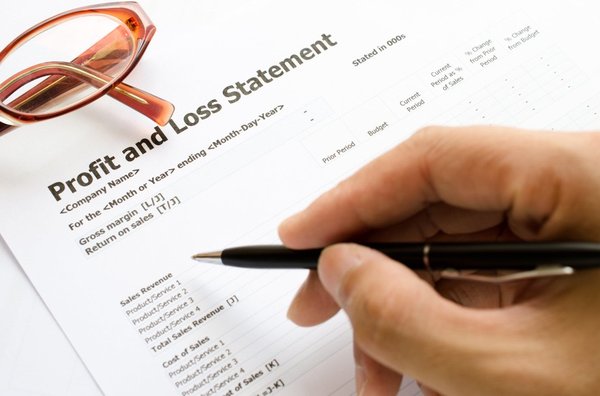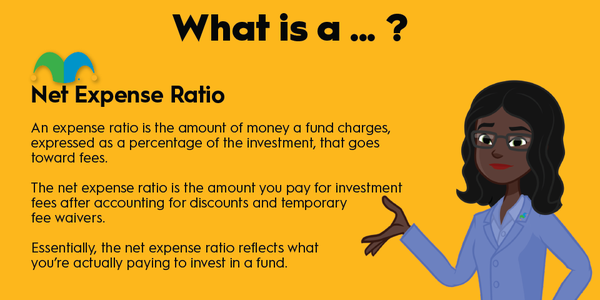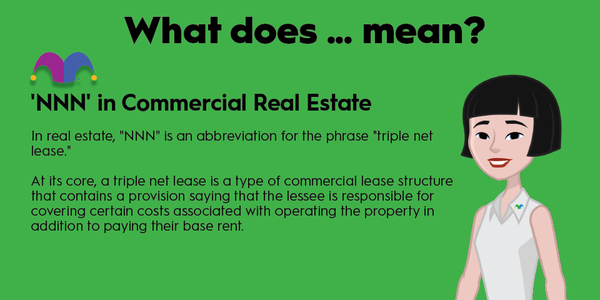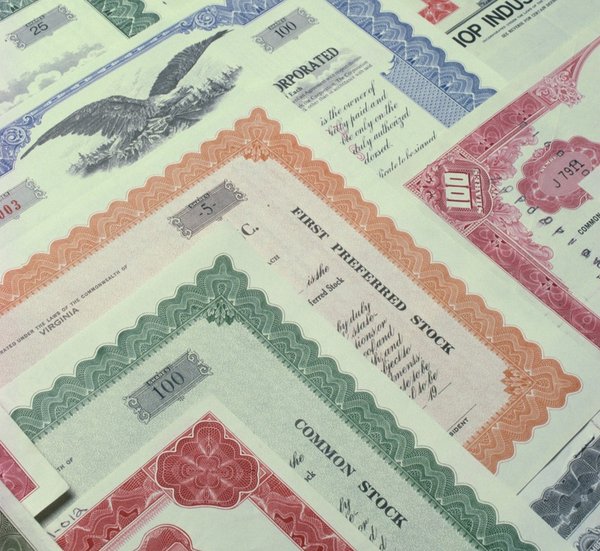Most dividend payments are taxable. However, the tax rate varies significantly depending on the type of dividend (qualified vs. nonqualified) and an investor's tax bracket, with qualified dividends resulting in a much lower tax bill. Investors need to know what types of income stocks they own so they're aware of the tax consequences.
Counting on a lot of nonqualified dividend income can have important repercussions. If dividends earned in a taxable account make up the majority of your income, you could end up paying twice as much in tax -- losing 10% of your expected income -- if you earn as little as $42,000 this year. The impact can be even greater with the more you earn if nonqualified dividend income is a large part of your earnings.

What are nonqualified dividends?
A nonqualified dividend is one that doesn't meet IRS requirements to qualify for a lower tax rate. These dividends are also known as ordinary dividends because they get taxed as ordinary income by the IRS. Nonqualified dividends include:
- Dividends paid by certain foreign companies may or may not be qualified. A foreign company's dividends may be disqualified if it isn't part of a comprehensive income tax treaty with the U.S. or its stock isn't readily tradable on an established U.S. securities market (such as the Nasdaq or the NYSE). Also, dividends from passive foreign investment companies aren't qualified. Contact the investor relations team of a company you own or are interested in to get a definitive answer if you can't find it on their website.
- Distributions from certain U.S. entities, such as real estate investment trusts (REITs) and master limited partnerships (MLPs).
- Dividends paid on employee stock options.
- Special one-time dividends.
- Dividends that don't meet the IRS's minimum holding period to qualify for a lower tax rate. Common stock investors must hold shares for more than 60 days during a 121-day period that starts 60 days before the ex-dividend date, or the day after the dividend payment. Meanwhile, the holding period for preferred stock dividend is more than 90 days during a 181-day period that starts 90 days before the ex-dividend date.
Tax on nonqualified dividends
The primary drawback of nonqualified dividends is that the IRS taxes them at higher rates than qualified dividends. For the tax year 2022, the IRS taxes nonqualified dividends at the same rate as an investor's ordinary income tax rate, which is often referred to as your marginal tax rate.
| 2022 Ordinary Dividend Tax Rate | Taxable Income - Single | Taxable Income-Married Filing Jointly | Taxable Income-Head of Household |
|---|---|---|---|
| 10% | Up to $10,275 | Up to $20,550 | Up to $14,650 |
| 12% | $10,276 to $41,775 | $20,551 to $83,550 | $14,651 to $55,900 |
| 22% | $41,776 to $89,075 | $83,551 to $178,150 | $55,901 to $89,050 |
| 24% | $89,076 to $170,050 | $178,151 to $340,100 | $89,051 to $170,050 |
| 32% | $170,051 to $215,950 | $340,101 to $431,900 | $170,051 to $215,950 |
| 35% | $215,951 to $539,900 | $431,901 to $647,850 | $215,951 to $539,900 |
| 37% | $539,901 or more | $647,851 or more | $539,901 or more |
For comparison's sake, qualified dividends are taxed at the long-term capital gains rate, which is is either 0%, 15%, or 20%, depending on an investor's tax bracket. Because of the difference, investors pay substantially more in taxes on nonqualified dividends.
However, dividend tax rates generally matter only for stocks held directly or in a taxable brokerage account. Dividends paid on stocks owned in a traditional IRA aren't generally taxed, although an investor does pay taxes at their current income tax rate when they withdraw funds during retirement (whether the source is selling stocks or dividends earned). Meanwhile, dividend payments on stocks held in Roth IRAs are generally tax-exempt, meaning all current and future dividend payments (qualified or nonqualified) aren't taxable, even when you take withdrawals in retirement.
Examples of nonqualified dividend stocks
Most dividends paid by U.S. corporations are taxed as long-term capital gains and are called "regular" or "qualified" dividends. Depending on which tax bracket you fall in, regular dividends are taxed as low as 0% and no higher than 20% by the IRS. However, one of the qualifiers is the minimum holding period. If an investor doesn't meet that requirement, the first payment won't qualify for the lower tax rate.
Another factor that can disqualify a dividend from a lower tax rate are those paid on employee stock options. That's because stock options are typically a form of compensation. The IRS sees the dividend paid by that option as income, which it then taxes according to the recipient's tax bracket.
An important qualifier for a lower tax rate is the type of company paying a dividend. For example, REITs, certain foreign companies, and MLPs don't qualify for lower tax rates. For REITs and MLPs, this is because their corporate structure is such that they pay no federal income tax. Called "pass-through" entities -- so long as they meet certain qualifications -- they don't pay federal income tax, meaning they are able to reward investors with higher yields. The IRS treats those payouts differently and taxes them at a higher rate. U.S. investors should consider holding a REIT and foreign dividend stocks in a retirement account such as an IRA, avoiding most (or even all) of the taxes paid in a taxable account.
Unfortunately, that's sometimes not an option for an MLP because of something called unrelated business taxable income, or UBTI, that can leave investors owing tax on assets in a retirement account. To avoid this potential complication, many brokers don't allow investors to own MLPs in an IRA or a Roth IRA.
Finally, investors in higher tax brackets should be aware of companies that routinely pay special dividends since those are usually nonqualified payments. Because of that, high-wage earners might want to consider holding companies known for special dividends in an IRA instead of their regular brokerage account.
Know the dividend type before making an investment
The tax rate on a nonqualified dividend can be as high as 37%, well above the 20% cap on qualified payments. Investors in higher tax brackets should make sure a stock's dividend will qualify for the lower tax rate before making that investment since it could save them money at tax time. You also need to pay attention to your holding period and whether the company qualifies, which can dictate whether to hold off on making the purchase or buying shares in a tax-advantaged account.




























